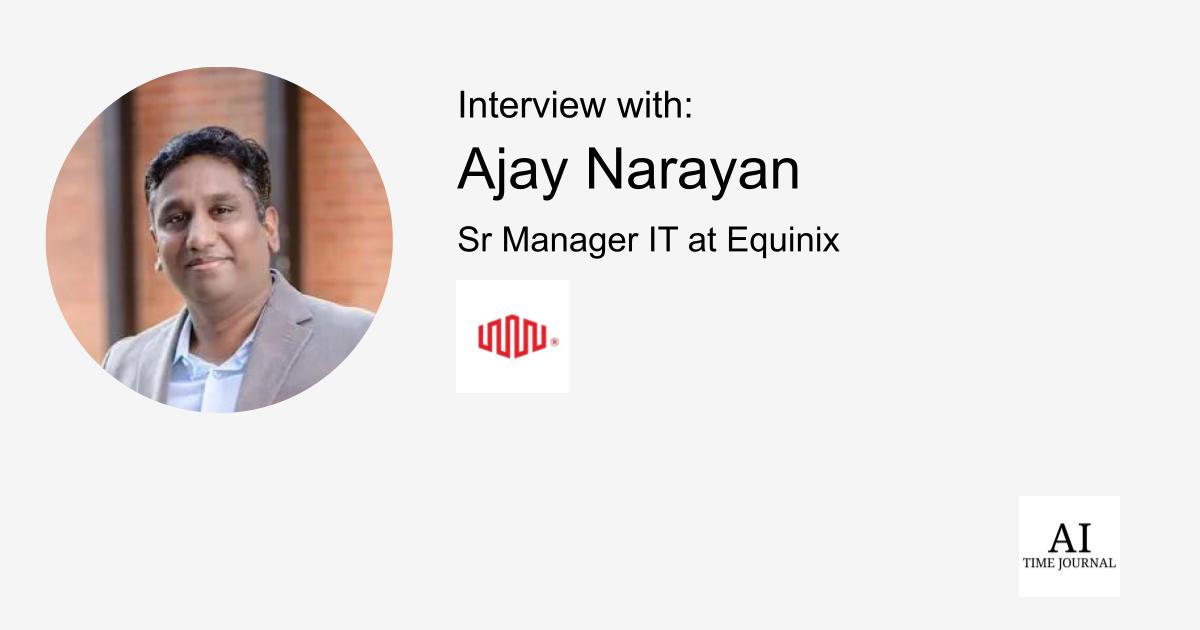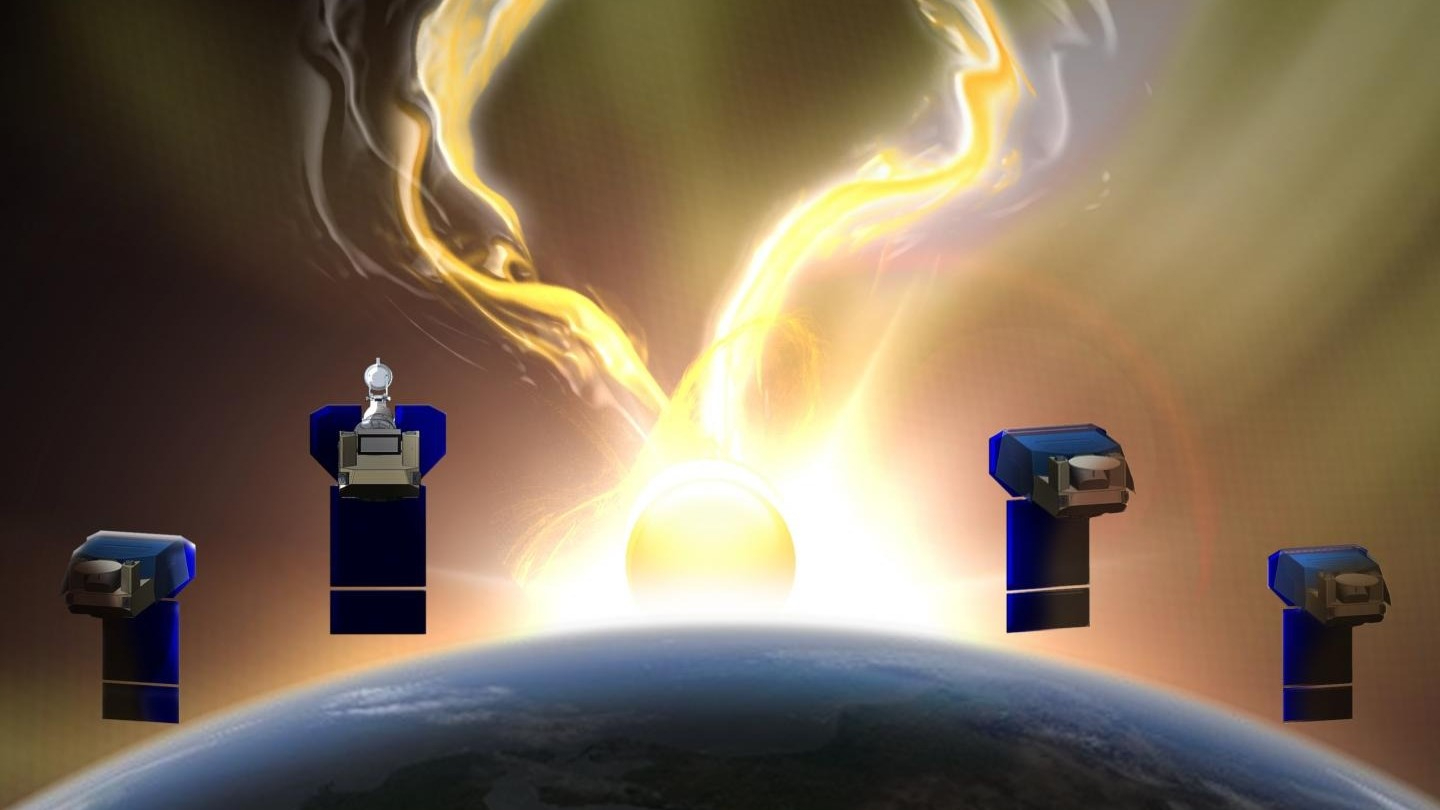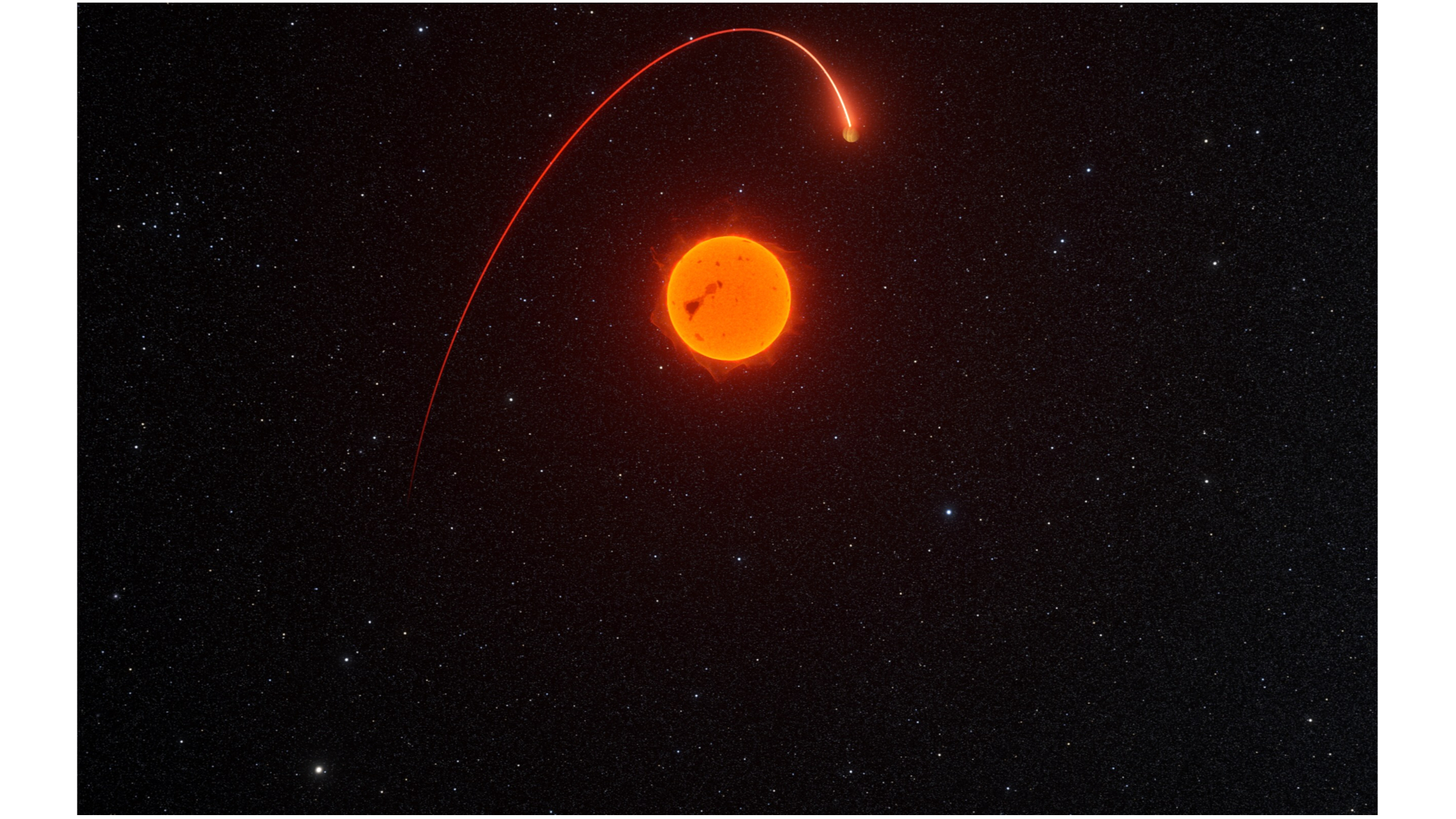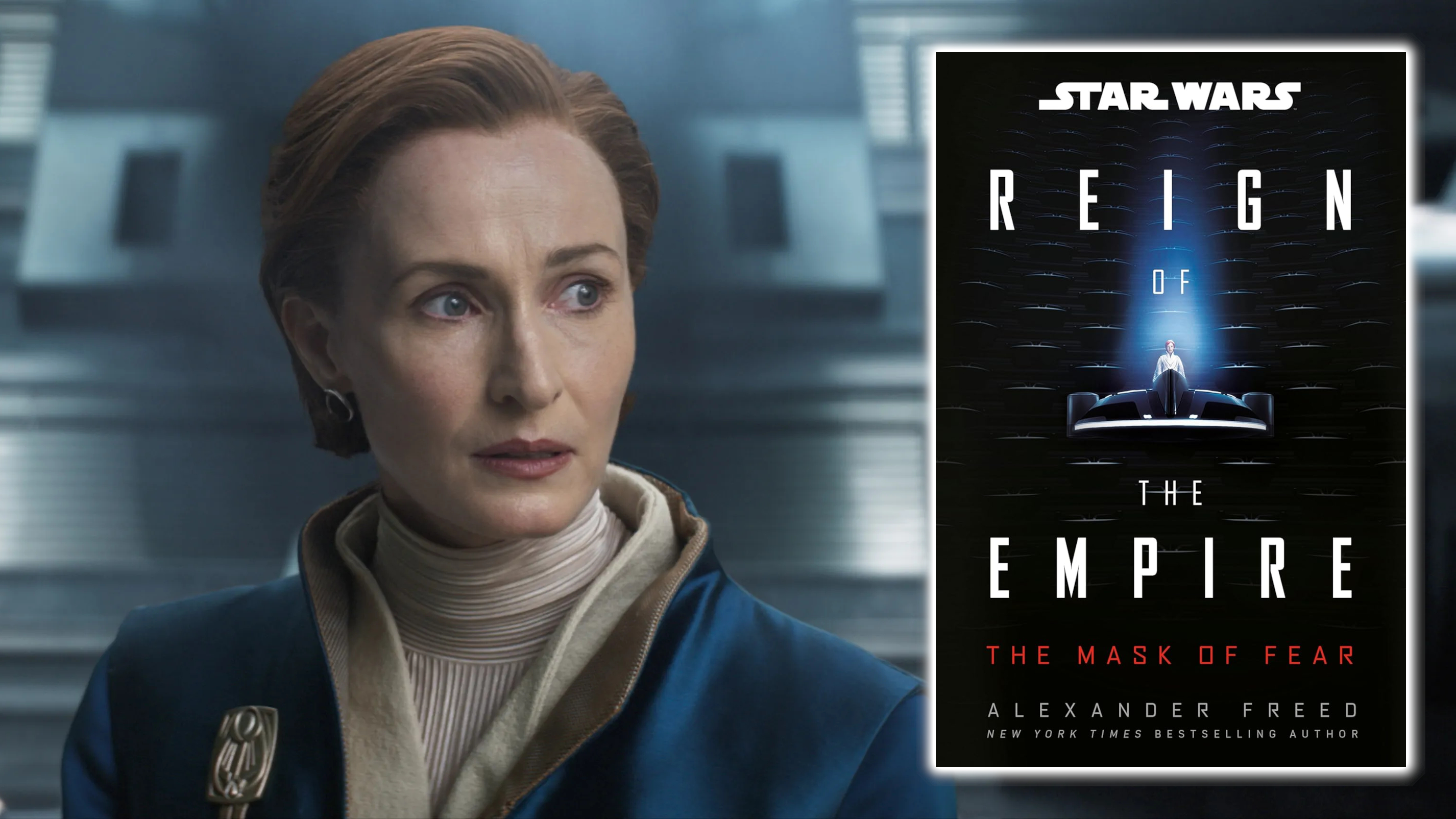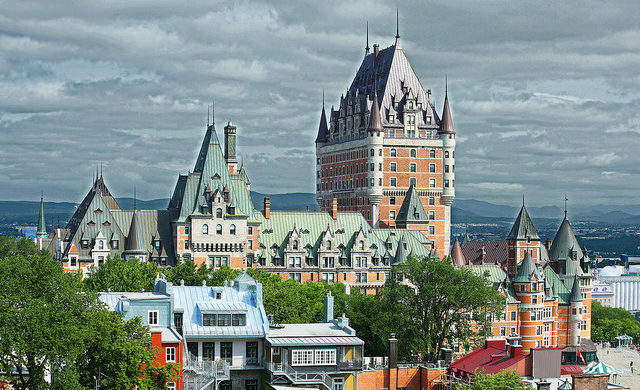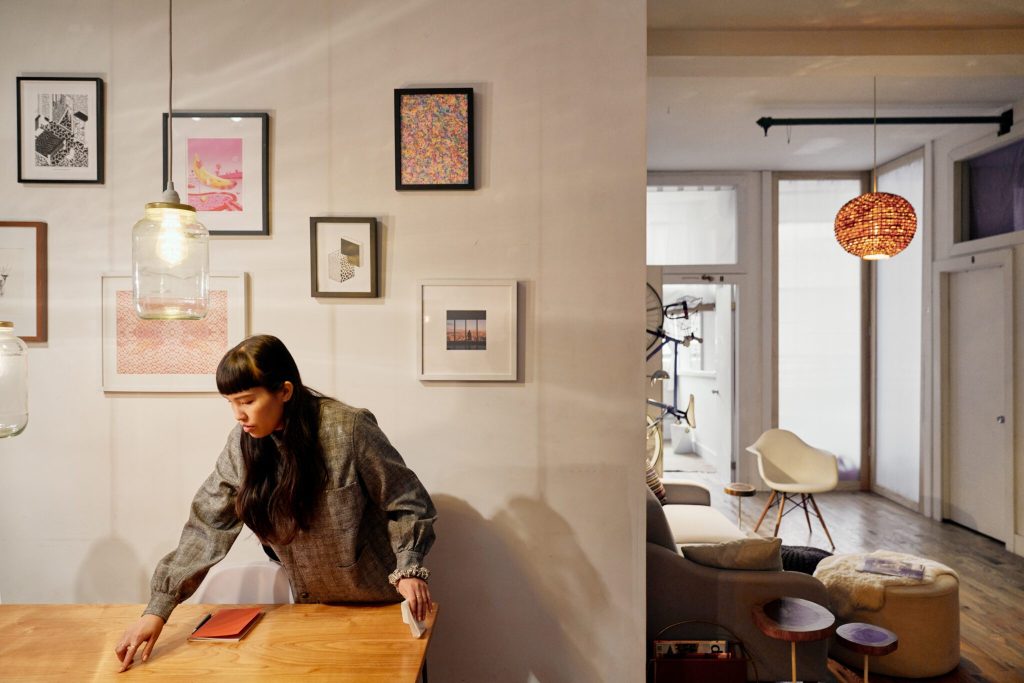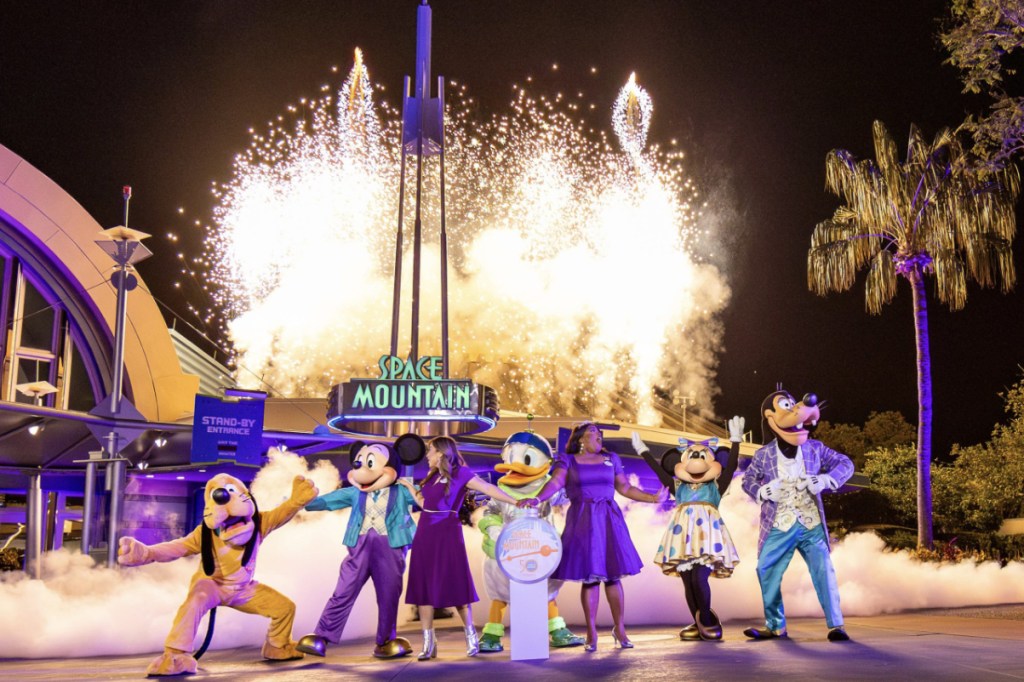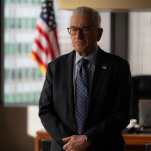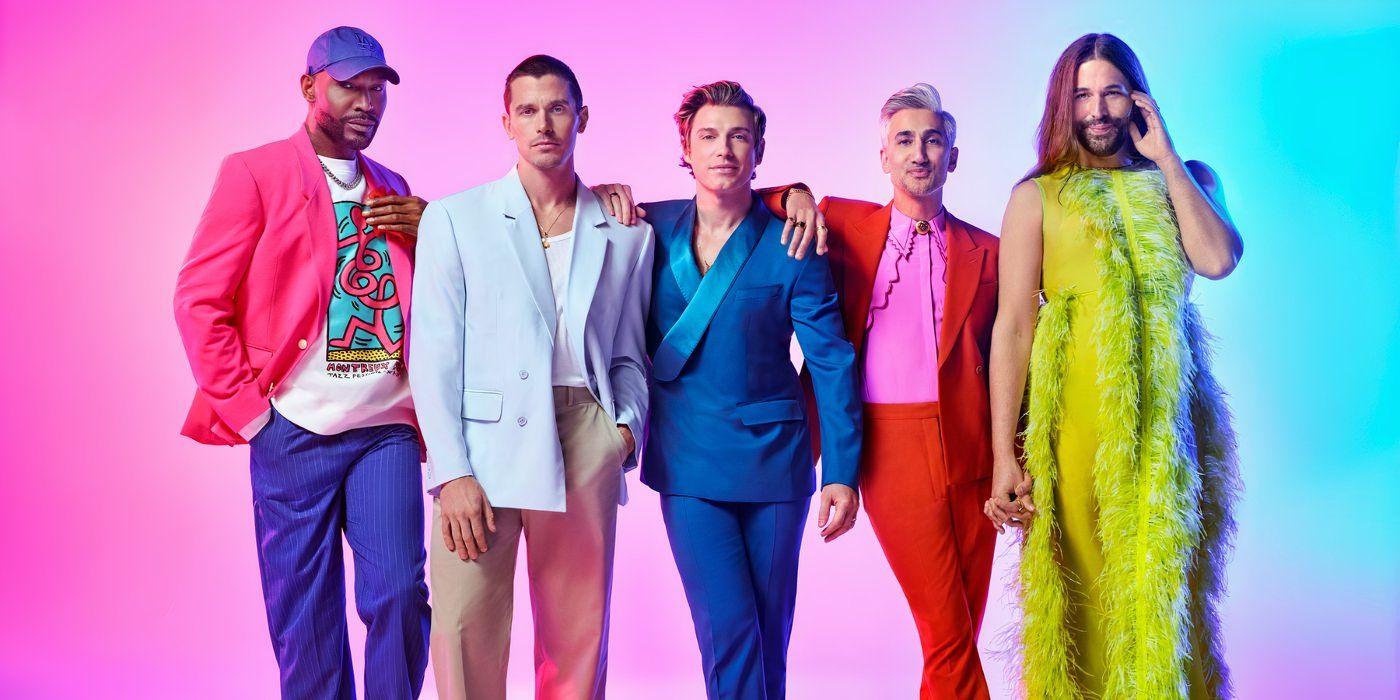Scriptnotes, Episode 674: The One vvith Robert Eggers, Transcript
The original post for this episode can be found here. John August: Hey, this is John. A standard warning for people who are in the car with their kids, there’s some swearing in this episode. Hello and welcome. My name is John August, and you’re listening to Scriptnotes. It’s a podcast about screenwriting and things […] The post Scriptnotes, Episode 674: The One vvith Robert Eggers, Transcript first appeared on John August.

The original post for this episode can be found here.
John August: Hey, this is John. A standard warning for people who are in the car with their kids, there’s some swearing in this episode.
Hello and welcome. My name is John August, and you’re listening to Scriptnotes. It’s a podcast about screenwriting and things that are interesting to screenwriters.
Today on the show, how do you honor a genre while still pushing at its boundaries? Our guest today is Robert Eggers, a writer and director whose movies include The Witch, The Lighthouse, The Northman, and most recently, Nosferatu. Welcome Robert.
Robert Eggers: Thanks for having me.
John: Reading through those credits, this is going to be your first movie that doesn’t have a ‘the’ in front of it, at least that I’ve noticed. There’s no ‘the’ in Nosferatu. You’re breaking new ground here. You’ve left off the definite article.
Robert: Yes. It was very intimidating. Maybe The Vampyre would have been more appropriate.
John: I want to talk through Nosferatu, I want to talk through the genre, your other films, but I also want to get into your POV as a writer versus a POV as a director and where you’re at as you’re putting scenes together. Also, I want to try to answer a couple of listener questions we have about historical detail, feeling stupid, and whether writers make bad romantic partners because you’ve just made a gothic romance. We want to talk about that.
In our bonus topic for premium members, let’s talk about cycling because that is the thing that you do in your off time that I don’t think I’ve had anyone on the podcast talk about before. I want to talk about cycling, how you got into it, and what role it fills in your life. Let’s dig right into it.
Robert, give us some backstory on how you came to be a writer and director. You grew up in New England. Where did you start with storytelling and with movies?
Robert: Avid movie watcher like a good American kid growing up in the ‘80s and ‘90s and watched ungodly amounts of television, which was also perfectly acceptable back then. I did theater growing up, acting in theater and my mom had a kid’s theater company. We were also involved in building the sets and doing the costumes. There were parents who were more skilled in these things, but everyone was involved. My dad was also a Shakespeare professor. Even though I lived in rural New Hampshire, I had the opportunity to see things that a lot of people didn’t get to see and occasionally going to Boston to see a play or go to the ballet or the art museum or whatever.
Of course, cinematically, I was still into more mainstream things to some degree. Then talking about Nosferatu, that was a film that I saw when I was young around nine, and it made a very large impression on me. Max Schreck’s performance, of course, but also the atmosphere of the film because it’s not the beautiful restored versions that you can even watch on YouTube that are color tinted and have– You can watch it with the original German inner titles with subtitles if you want, but this was very degraded and you couldn’t see Max Schreck’s bald cap, you couldn’t see the grease paint on his eyebrows. It felt like a vampire. It felt real. The atmosphere of that and the reality of that was really inspiring as a kid.
Also, which I’m sure we’ll talk about later, the fact that Murnau, his collaborators, and the screenwriter, Henrik Galeen, turned Stoker’s novel into a simple fairy tale compared to, the Bela Lugosi version that I was familiar with that was based the Balderston Dean stage play, which is pretty stodgy and so as the Tod Browning movie, if we’re honest, after Transylvania, this was crazy for me.
I grew up doing tons of theater. When I was 17, I had the opportunity to do a senior-directed play. Me and my friend, Ashley Kelly Tata, who’s now a theater and opera director, we co-directed Nosferatu on stage. I had been doing also some theater with a theater called the Edwin Booth. The artistic director was a gentleman named Edward Langlois, who is the only person who is doing interesting stuff. He wasn’t doing My Fair Lady, he was doing The Duchess of Malfi.
I invited him to see it, but he saw that play and asked if we would want to do a more professional version of it at his theater, and that put me on this trajectory. It cemented the fact that I wanted to be a director, that I wanted to tell the stories that I was interested in, and it also made Nosferatu something that would always be part of my identity as someone who’s trying to make creative work for better or for worse.
John: I want to go back to that high school Nosferatu. Can you describe what that was? Was it one act, was it two acts? What was the texture we’re working off of? What was that play you did?
Robert: It was mostly based on the Murnau film. Of course, the version that I had was, as far as I understand, an English translation of French intertitles. That would have been the version that Henri Langlois screened in Paris at his theater. The Ellen/Mina character was called Nina, but most everyone else had their Dracula names. It was weird, but we didn’t know it was weird at the time. We drew on that and also some things from the novel.
The Coppola film had also been something that I watched a ton, and there was definitely some inspiration from that. It was a silent film on stage. We were wearing black and white makeup and costumes and black and white sets and wigs and acting in a very stylized expressionist way. There were super titles above the proscenium that would say the text and there was music playing the whole time.
John: What’s the success? You were doing this as a high school student. Did you feel like, “Oh, this was the accomplishment I set out to make.”? What did you learn while you were doing it?
Robert: It definitely felt like we had hit on something pretty cool. In this very humble environment, it was a successful production standing room only, blah, blah, blah. Good reviews from the local newspaper. It was a very satisfying, formative experience for sure. I have very fond memories of all of us doing each other’s makeup and gluing sideburns and mustaches on people and all that.
John: You’ve done stuff on the stage and you’ve grew up with stage because of your parents and so you had a chance to see that thing, and then you were adapting a cinematic work for the stage and trying to pull the ideas of cinema to the stage, the title cards and all this stuff. When did you start becoming interested in how do we do an actual cinematic language? When did you start thinking about, I want to pick up a camera and shoot a film and learn editing? What was that transition?
Robert: Eventually, I’m directing off off off off Broadway Theater in New York with my friends. As I felt at the time, I don’t know how I would feel about it if I watched it now, but at the time I felt we did a pretty good job of Othello, also well-reviewed, but nobody saw it. Then we did street theater because we felt like people have to fucking see it if we do street theater. That was cool, but it was also– We were working out of a dirt floor basement and it was extremely humble.
I thought, “Clearly cinema’s the way to go.” I half seriously, just trying things, took some Shakespeare plays that I knew well and adapted them to screenplays as an exercise. Then eventually, I made a short film of Hansel and Gretel that somehow is on YouTube. I don’t know how the hell it got on there, but it’s absolutely terrible. It got into one film festival and on the bus ride home from the Boston Underground Film Festival, I thought, “I really have to make something that is not terrible.”
Then I started working on this short that became an adaptation of the Tell-Tale Heart and Jarin Blaschke, my cinematographer, and Louise Ford, my editor for the rest of my career thus far, were on that. That was a very formative experience. Also, basically, I was making my living doing set and costume design for the stage at this time because I had always done it myself in New York. I enjoyed it and had a knack for it. That was how I was making my living.
This also, aside from being a calling card as a director, helped me break into doing art department, wardrobe and film and television, non-union commercials, and stuff like that. It also helped me make a living. Sometimes I’d have a great job. Sometimes I would be a set carpenter or I was sewing curtains. In between all these things, I was writing and wrote a bunch of screenplays that were all dark and fairy tale adjacent, but not in an identifiable genre and thus not commercial enough to finance. The Witch was me trying to be more commercial, but being true to myself.
John: Let’s go back to Tell-Tale Heart because we’ll put a link in the show notes to it. It’s great. It’s really good. It’s a very strong short, and I think we’re often talking about on the podcast is people are waiting for permission to do the thing that they want to do. It looks like with Tell-Tale Heart, you made the short film that you could with the resources you had, and the skills you had, and the group that you had assembled around you were able to make something that was what you wanted to make, as opposed to Hansel and Gretel. This was a true representation of what your aims were.
Watching it now, it’s like, “Oh, that feels like Robert Eggers.” That feels like all the calling cards of what you’re going to be doing down the road. It has that style. How many days is that? What did you have? What was your big basket of stuff you could put into this thing? There’s costumes, there’s sets, there’s a sense of production value that’s way beyond what you might expect from just a short film. Tell me about putting together the Tell-Tale Heart.
Robert: I’ve been saving up my money, and at that time, I was waiting tables and then asked friends and family if they would help chip in. It was also before the big financial crisis, so we were able to get donations from people. This was before Kickstarter and all that thing. We did lots of fundraising events to try to get some money. We had some money to work with, but we found an abandoned house, which, shockingly, in my hometown.
It was a very rural town, and someone in the more wealthy town of Portsmouth in the 19th century decided to build their wife an amazing house out in Lee, New Hampshire. Then, I don’t know, something happened. The family lost their money or whatever. It had been sitting there rotting. Only the kitchen had electricity, and the walls still were horsehair and plaster. It was just like a good old-fashioned haunted house.
Ed Langlois, the artistic director of the Edwin Booth, he came in to help with the costumes and the production design, and we were in there in the freezing fucking cold decorating this abandoned house. We drove up to Maine to get some fabric that was fire and water-damaged, that we could get a super-heavy discount, but get massive bolts of it. Because we wanted it to look like shit, it was perfect. We got to use that, and I rented some costume pieces from a costume rental house in New York that I’d been working with on stage stuff. Then we had a few things built and some top hats made by someone on Etsy.
John: You were driving all of these decisions yourself. You were producing this yourself, in addition to having written and directed it.
Robert: I had producers as well, Mike Neal and Maura Anderson. Of course, the big decisions of how this is going to work is coming from-
John: The hustle was you.
Robert: The big creative decisions were me. There was plenty of hustle for everyone. Ed actually– I sent him the script and asked if he wanted to work on it. He said it was very nicely written, but it was just fucking Masterpiece Theater, and he wasn’t really interested in it. He said there was nothing exciting about it as finely written as it was. At the time– I don’t know how we’re going to get to the rest of my career if we take this long about the Tell-Tale Heart, but it’s fine with me. Basically, I had wanted this dying painter who was in his 90s to play the old man, and then I realized that in this horrible location in February, he was probably going to die.
John: That’d be a lot to kill the man in the Tell-Tale Heart.
Robert: It would be stupid to have someone in a bunch of prosthetic makeup. It would be better, I thought to myself, on the Chinatown bus, if it was a fucking doll. Then I thought, “Maybe that’s actually really cool if it’s a puppet and there’s something death-like about it the whole time. It could be really interesting.” I shared that idea with Ed and then he said, “Now that’s cool. Now I want in to this.” Then, my friend, Chelsea Carter, who I worked at the same restaurant with, she was working at the Jim Henson Creature Shop in New York. I did the sculpt of the face, but then she built the puppet.
John: Great. What I hear in your story is that you’re running into obstacles and you’re just figuring out, “What resources do I have? Who do I know? What other thing could I do that makes this thing possible to do?” You weren’t taking no for an answer. You weren’t taking in the fact that this guy was going to die if you tried to do it. You’re like, “That is a challenge, but it’s also an opportunity to do something different and something weird and something special and unique to our movie.” It’s the stuff that’s specific to your approach that makes it exciting for people. It’s what gets people to sign on. We’re going to do something that’s different. It’s not just a plus-one version of an existing thing that we could’ve done anywhere else.
Robert: Not fucking Masterpiece Theater.
John: Exactly. I want to talk to you. This guy was complimenting your writing. When did you first read a screenplay? You’ve obviously grown up reading a lot of plays, but when did you first read a screenplay, like this is a plan for making a movie? Do you remember what the first script was you read for a movie?
Robert: That’s a great question. I really don’t know. Certainly, I read a lot of screenplays. I don’t read a lot now, but in my 20s and early 30s, I read a lot of screenplays.
John: Having read through Nosferatu, I think you actually like screenplays. There’s some writers I’ve talked to-
Robert: Yes, I do.
John: -who clearly the writing script is only just so that they can actually make the movie, but they actually don’t like the screenplay form itself. You actually seem to sit in there and enjoy it. It doesn’t seem like a burden to you. Is that fair?
Robert: Yes. Definitely, I like what a screenplay can offer.
John: Here’s your initial description of Thomas in Nosferatu. “She looks across the room. Thomas Hutter, mid-20s, is tying his cravat before a small mirror. He’s very invested in tying it well. His back is to her. He’s handsome, if not pretty. Kind, determined eyes. He seems unaware of the darkness in the world. Their middle-class bedroom is cute with brand-new aspirational furnishing. This is to help disguise his overall shabbiness.”
There’s a lot there in that paragraph. It’s meant for the reader. There’s things in there that will be helpful to everyone else in the other departments, but it’s there to give you a sense of what it’s going to feel like to be watching this movie. That’s great to see on the page. Your script is full of that.
Robert: I think that in my films, I’m trying to create, a tremendous amount of atmosphere. If you don’t feel that in the script, then it’s hard to believe that it’s going to get there on screen, Also, I think that I wrote that because that’s what seemed right to me, and it was telling a lot about the situation. I think sometimes, consciously, when I’m describing characters, especially secondary or tertiary characters, I want to give them a good description, also so the actors are like, “Okay, I can see who this might be, and I might be interested in playing this role,” instead of just leaving them high and dry.
John: Absolutely. Another thing I noticed looking through your scripts is that you uppercase characters’ names a lot. If a paragraph starts with a character’s name, it’s almost always uppercased. It’s not a shot list, but paragraph by paragraph, you can feel like, oh, this is a shot, this is a shot. You definitely can see what the camera’s going to be looking at based on your paragraphs, which is great and works really well for you.
My question, though, is, as you’re writing a scene, let’s say you’re writing this initial scene between where we’re meeting Thomas and Ellen in this room, are you, as the writer, sitting in the room with the characters, watching them go about their things, or are you sitting back and watching in the frame in the proscenium? Where do you, Robert Eggers, fit in that world?
Robert: It depends scene to scene and screenplay to screenplay. I think very often I’ll start out, usually, I want the beginning to be very clearly shot listed in my mind as I’m writing it, whether I describe it as shots or just in prose without describing what the shots are. I think that as I get deeper into the story and there’s problems that I need to solve, then it just becomes the worst fucking TV coverage to just tell the story. Then I have to work on making it classy later.
The most recent script that I wrote, however, 80%, this is a shot, this is a shot. I’m saying like, “It’s a shot, we cut to this.” I just wanted to write a script like that for whatever reason. You know what I mean?
John: Going back to your experience in theater, though, because of course theater doesn’t have shots, it doesn’t have cuts. In theater, you’re in a space with characters. As you’re writing a piece for theater, you might be thinking about the blocking and where people are, but you’re really about what is the reality within a scene because there’s people in a space and you’re just with those people in a space.
I’m talking about street theater. You don’t even control sometimes the environment, you don’t even control the POV on things. I’m just curious, with Nosferatu, when you’re in those moments, how often were you thinking about, this is what the camera’s seeing versus this is the reality of being in a space with those characters?
Robert: I would say it was mostly about being in the reality of the space with Nosferatu. Then there’s a final step of writing that is the shot listing and the storyboarding with Jiren, where oftentimes we’re actually like reorganizing the beats so that it will flow better cinematically. I will very often rewrite the scene to match how we’ve simplified it or found the essence of it.
John: That’s great. When is the shot-listing process most helpful for you? Is it way in pre-production? Is it closer to the day of shooting? What makes sense for you?
Robert: Now, anyway, we’re storyboarding the whole damn thing. We don’t really finish until a little bit into the shoot, but in a perfect world, it would all be done well in advance in prep. With Nosferatu, Jiren and I moved to Prague much earlier than anyone else. We’re in my kitchen, in my apartment, planning the shots, hoping to get– We got a head start, but we were still a couple of weeks into production, still storyboarding.
John: How much of Nosferatu was storyboarded? Obviously, there’s going to be big sequences where you’re going to have visual effects, you’re going to have to put stuff in the background of things where you would need to storyboard it. For dialogue scenes, were you drawing those out?
Robert: Some of the dialogue scenes were shot-listed instead of storyboarded. If we had it our way, we would have storyboarded every single thing. We did storyboard the vast majority of the film. We just simply ran out of time. For some of the dialogue scenes, we shot-listed instead.
John: Who gets the storyboards? I know the Coen brothers, for example, will share with the actors, “Here are the boards for what we’re going to shoot today, the scenes we’re shooting today.” What are the edges of who sees storyboards for you?
Robert: Everybody.
John: Talk to us about the journey for Nosferatu, the movie, because you had intended to make this earlier on in your career, and it sounds like other things came before it. Was this always the first movie you wanted to make? Where did this fall in the– If I were talking to Robert in his early 20s, would he said that this is his next movie? When did the idea of the Nosferatu movie happen?
Robert: It was after The Witch. Talked a little bit about it, then I started developing a medieval knight movie called The Knight.
John: See? Another ‘the’ movie.
Robert: Yes. Basically, I was just so naive about Hollywood, and we worked for almost a year on it, not really realizing that myself and the studio were on parallel courses making two different movies, which was nobody’s fault but my own naivete. When I realized that that’s what was going on, I said, “Look, let’s push pause on this, and why don’t we do Nosferatu? I’m telling you right now, it’s a more commercial version of The Witch. We know what that is. Let’s go for it.”
Ultimately, I’m really, really, really glad that it didn’t work because I’ve grown a lot as a person and a filmmaker. I’m much more fluid with my collaborators. We’re further extensions of each other, and it’s easier for us to get our collective vision out of our brains and onto the screen the way we see it. I don’t think it would have been accomplished at the level that it’s at, whether that’s good or bad, had it been made back then.
John: Did you write a Nosferatu script back then?
Robert: I did, and it hasn’t really changed much since then. There was a lot more exposition when I had left it, and so it was mainly getting rid of exposition and tweaking things back and forth for budget and historical accuracy, both in the minutiae of German stuff and in the folklore. Ultimately, that first good draft is the same film.
John: It sounds like you knew what you needed to do as a writer, but as a director, you don’t think you were ready to make the movie you were able to make now?
Robert: Completely, yes. It was interesting. In the process of writing it, I wrote a novella, which I’ve never done before or since, but because this was an adaptation of a piece that’s important to so many people, myself included, I needed to find a way to get ownership of the world and the characters, and writing this overly long novella, that was filled with things that I knew would never be in the movie, helped me tremendously.
John: Let’s talk about genre in the bigger sense, and the genre, whatever you want to put this into, whether it’s gothic horror or how you perceive the movie. Nosferatu is a story that existed before, but you’re making your own version of it. What was the balancing act between staying true to what had come before versus putting your own stamp on things?
Robert: Obviously, it’s a question of taste, and it is subjective. I tried to run it on a parallel course and have all of my choices be some kind of extension of things that came from the Murnau film. One of the first things I did is open up Lotte Eisner’s biography of Murnau and the Galeene screenplay in the back of that, read that, go through it, check out Murnau’s notes carefully, and really try to understand where that team was coming from creatively and understand that Albin Grau, the producer, was an occultist, practicing occultist. I don’t know that he actually believed in folk vampires, but he almost certainly believed in astral vampires as a reality.
John: What is an astral vampire? You have to tell us about that.
Robert: People who can, or potentially elemental spirits who can send their astral bodies psychically to drain people of energy and stuff like that.
John: Sort of what we see Orlok doing at the very start, the sense of this mystical figure that comes to Ellen.
Robert: Yes. You try to understand all that stuff, great. It was always striking to me that Ellen becomes the heroine by the end of the film. I thought, “This is taking the inspiration from the original and running with it. What if it’s her movie? What if we see it through her eyes? Perhaps there is the ability for the film to have more emotional and psychological depth this way.”
In the original film, she’s called a somnambulist, and sleepwalkers in the 19th century were believed to be able to see into another realm. That became entirely inspirational into, first of all, understanding the Murnau film a little better, but then also understanding who this character could be. As much as I love Max Schreck’s iconic makeup design, and so does planet Earth, what is that thing? It certainly isn’t actually a vampire, anyway, as folklore would have it. I wanted the vampire to be scary.
Obviously, with my interest, I turned back to folklore and the early Balkan and Slavic folklore. These folk vampires were ambulating corpses that looked more like a cinematic zombie. That seemed very exciting to me. Then the question is, what does a dead Transylvanian nobleman look like? Then I go from there. He still has Max Schreck’s fingernails. He still has a bit of Max Schreck’s profile and hunch to take a nod back to the original, and because he is in this putrid state, he is a bit of a monster the way Max Schreck’s vampire is a monster.
John: I think we’re used to modern vampires being romantic figures in the classically sexual sense. We’re used to the Byronic vampire who’s charming, who comes in, and this is a more old-school, just actually terrifying monstrosity of a character who’s coming in here. While there’s still a sexual element to him, he’s this ancient old guy. He’s not Robert Pattinson, he’s a timeless demonic force.
Robert: Yes. A big, angry erection with a mustache. [laughs]
John: Talk to us about the tropes of gothic romance and tell me if there’s other genres you feel this fits into. When I think of gothic romance, I think of that ruin and decay, which you definitely see in your movie. You see the darkness, the suffocating. I always think about suffocating collars, those Victorian collars that are choking people, that sense of doomed romance that there’s fate. It’s a sense of permeating evil that is specific and different from, a Cthulian or a Lovecraftian kind of darkness or horror. It’s something primal but also understandable by humans.
There’s something mortal and physical about it that just feels so specific. What were the things as you were writing and then as you were thinking about production design, that you needed to call in there to make sure that we were feeling this world of gothic horror?
Robert: The thing that struck me is that this is a demon lover story, and there’s plenty of that in Victorian fiction. Wuthering Heights was something that I turned to pretty quickly in the writing process to explore Ellen and Orlok’s relationship dynamics. Something that I had all my heads of department read was The Fall of the House of Usher, which I’m sure they’ve all read before multiple times. I don’t think there’s ever been anything better as far as the description of gothic atmosphere.
There are so many little things, but never turning off the fog machine is a big help, I’ll say that. Look, the production design is very clear about what it’s doing, and the desaturated color palette is very clear about what it’s doing, but something that was also just essential and was really the only thing that focus features was a little bit like, “Please God, no,” they were so supportive, but I insisted on only shooting when it was gloomy to keep that heavy atmosphere. Also, when you finally see the sun after two hours of not seeing it, it has more of an impact.
John: Can we talk about night? Night is one of those really challenging things to visualize on film. Basically, there’s no one perfect way to do it, and everyone has to make different choices. My first movie, Go, was almost entirely night exteriors, and it killed me. I realized as a writer, “Oh, night,” and then you’re actually out having to shoot night, like, “Oh my God, this is the worst thing possible.”
I think what you don’t really appreciate until you actually have to aim a camera at something in the night is like, wait, how are we seeing this thing? Our eyes are not the same as what the camera’s going to see. What were the choices you made for night in this versus Northman versus The Witch in terms of how we’re visualizing night and where the light is coming from? How much is it subjective to the characters? What are some of the choices you’re making and having conversations with your collaborators about night?
Robert: With all of the films, the lighting is a very sculpted version of what light is supposed to be actually doing. All of the light sources, if it’s candlelit, it’s coming from candles. If it’s lamplight, it’s coming from a lamp, if it’s moonlight coming from a window. You can better believe that there’s no movie lights, no Kino Flos no nothing, just lights coming from the window with the tremendous amount of bounces and frames and shit all over the place.
That’s the approach, and it can become– With The Northman, some of those really wide expanses at night were very challenging to shoot. Shooting the rather lovely lit crossroads in Nosferatu was a little simpler because Jiren just had a strip of light that he needed to get his helium balloons over.
But something odd that we did on The Northman and honed on this, but it seems to confuse a lot of audience members, so maybe it is not the best choice, is basically, we don’t photograph any of the color red. It’s virtually a black-and-white image that you’re seeing, which is how mammals’ eyes work at night.
We know the color of our sneakers and the color of a tree, so we imagine seeing it, even though it’s not there, so maybe because we’re imagining it there, maybe it should be there, but we decided to not have it. I think it is very beautiful, but sometimes– I don’t know how many times people come up to me after screenings and ask me, “What does it mean when it’s black and white?” I’m like, “It means that it’s moonlight.”
John: Really, I would challenge any listener, next time you’re outside at night, outside of the city, when you’re actually just out in the middle of the woods at night, recognize how you’re not seeing color, you actually are seeing basically black and white. You don’t think about it because it’s not top of your mind, but you really cannot tell colors apart. It’s just how our eyes work. I think we’ve been conditioned by so many other movies that are basically sneaking lights in places to give you a sense of, oh, this is what night looks like. That it’s not truly what night is.
There’s both the aesthetic concern, but it’s also the real practical concern. If you are a production that has a lot of night exterior shooting, that’s going to have a huge impact on your crew and your ability to get work done. It’s a challenge, and so making smart choices is important.
Robert: I’ve definitely also– The next thing that I’m likely shooting has so many nights, so whatever, but I find that shooting nights as I get older has become a lot harder.
John: Oh, yes. You have a kid now, and so you recognize, “Oh, sleep is good.” Sleep is an important aspect for folks. Again, every production is going to make its own choices, but if I were to make a TV show that had a lot of night shooting, I would, from the very start, think about what are the choices we’re going to make that are going to look best on a screen and keep us alive while we’re doing it because that just feels important.
Robert: As I’ve learned about how Jiren works, now, when I’m writing something, I’m talking early on, like, “Do we think, with the vibe of this, we’re going to want fast film or not?” Like, “Okay, oh, we want to use slow film.” I got to think about the light sources at night because I don’t want to have to have a whole bunch of fucking lights in this particular scene. What am I going to–“ You know what I mean? It’s nice to have those conversations as I’m writing now so that I can be not putting myself in a place I don’t want to be when I’m on set.
John: For the right genre of movie, I watch Survivor, the CBS TV series, and their nighttime stuff, now they just shoot with infrared cameras. It’s such a weird, cool look. It’s like, for the right production, that might be a look to take, but you’re going to have to make that make sense within your whole world of stuff.
We have a couple of listener questions that I want to get to, if we can. This first one here is from Lisa about detail. Drew, can you help us out?
Drew Marquardt: Lisa writes, “I’m in the midst of a historical fiction book where the author has taken pains to get the slang, dress, and other details right, but somehow it’s too obviously worked in. It calls attention to itself too much. It feels a bit like the author is showing off their work and not organic to the story. For screenwriters, how much is too much? When does one’s effort at getting things right become distracting, and any guidance?”
John: All right. A good question about historical accuracy and details and what you need to put there versus feeling like it’s been shoved in. Robert, your script has a lot of period details, and I never felt they were shoved in, but did you have any sense of, I need to put this in there or I need to back off?
Robert: I think that once you establish a location or the persona of a character or whatever and it’s very clear, unless there’s a major change or a major new addition, you don’t need to harp on it so much. As you get further into the script, you can also dial back, Again, if there’s been a big energetic scene, and then the movie takes a pause and then there’s a funeral where the pacing’s going to be slower, then you can add some details about the funeral shit because the pacing’s going to be slower.
Generally, as the thing develops, you don’t need to write it’s a wooden door with iron, blah, blah, blah because you fucking can expect that by now, I think that’s definitely a big part of it. I haven’t read what you’re reading and sometimes people just have bad taste, but I think that once you’ve established it, people now know.
John: One thing I hear you saying is that the speed on the page should match the expected speed of the actual story you’re watching on screen. I always describe like screenplays should make you feel like you’re sitting in the audience watching this movie and the really good screenplays I’ve read, I forget after a couple of years, “Wait, did I watch that movie or did it just read the script?” They can really evoke the experience of sitting in that theater.
These details can matter. Robert, you describe a character blowing the pounce off something and that’s just not the way we would say that in American English. Yet it feels completely appropriate to the period of time that you’re putting this in here that your characters aren’t speaking in German yet they feel like, okay, we’re in this historic time where– I believe that we’re in Germany as we’re doing this.
Robert: Also, the inclusion of that was because you needed a beat change anyway. You might have just wrote pause, which also could have worked, but because we needed a beat change, it was like a way to work in a period detail that also keeps the momentum of the scene going in the right way, hopefully.
John: That’s great. Let’s try Emil in Norway.
Drew: Emil writes, “I’m a film student in Trondheim, Norway, and started this fall. It’s been a lot of learning, which is great, but also overwhelming at times. My question is, if you’ve ever felt stupid during your career, what did you do? I felt stupid a lot this semester Not all the time, but those moments stick with me. So it feels worse than it probably is. I struggle to get my ideas out the way I imagined them, and I worry more about not seeming stupid than I’d like. I try to tell myself that knowing you don’t know the answer is supposed to make you smart, but honestly, that feels more like wishful thinking than fact. Any advice?”
Robert: I think once you have a lot more experience, it’s a lot easier to say like, “I don’t know. What do you think?” Than when you don’t have a lot of experience. I would just say, watch a million movies, read a million books, listen to all kinds of music, check out paintings, and just absorb stuff. I went to drama school and that is it. My wife has a PhD in clinical psychology, and I, definitely, when I was hanging out with her friends, felt like a fucking idiot. I was like, “I need to read some more books.”
Certainly, in the process of making movies, you do make mistakes and you do not know everything, but I think you just have to go for it and put one foot in front of the other, and then you learn more. I think, though, that one of the cool things about being a director, it’s also sometimes frustrating and does make you feel dumb, is that you are almost always, if you’re not Ridley Scott, the least experienced person on set. Because everyone’s making many movies a year, and if you’re lucky, you’re making one every two or three years, and that’s if you’re lucky. You literally have to listen to everyone around you who knows more than you do, but also know when is it the time to reinvent the wheel.
Now, it’s interesting to me sometimes when I talk to screenwriters who aren’t showrunners and aren’t on set very much or even sometimes people in post-production who have incredibly illustrious careers but don’t know how movies are really made. Also, maybe it doesn’t matter if screenwriting’s your thing.
John: Going back to your story on Hansel and Gretel, you watched this film at the film festival, and you could have said, “Oh, I’m an idiot, I should stop this. This wasn’t very good,” and instead you said, “No, no, no, I want to make something much better than that.”
Robert: And look, I knew the movie didn’t work when we wrapped the shoot. I said, “Cut,” and I was like, “We don’t have it. We’re going to edit it, and it’s not actually going to really work, but I have to keep going because I have to learn.”
John: What Emil’s describing is imposter syndrome. He feels like he’s not up to the level of everybody else in his program, maybe. Remember, he only has introspection to himself, so he knows that he feels stupid, but he doesn’t know that everyone else may feel stupid too, or they may be just as stupid, but they’re just not projecting it. So listen, give yourself some grace. Know that you don’t know everything.
It’s also exciting to be a newcomer at something. I love going to do new things that I’m not good at because it just also reminds me of what it feels like to be young and be trying things. If I’m doing a Broadway show for the first time, or I’m doing a different animation for the first time, I love being the guy who doesn’t know how this stuff works, because then I can find out. There’s the opportunity to try new stuff. Emil, you’re great. Just keep working. Let’s try one more question here from A.D.S.
Drew: A.D.S. writes, “Do writers make bad long-term romantic partners? We spend a lot of time alone. We like sitting and watching movies and TV a lot. We’re largely unsuited for gainful employment. Even when we’re not working, we’re still working, interacting with friends and family, but always turning over a stubborn plot point in our heads, always listening for a line or idea we can steal. What types of personalities make good partners for writers? How important is it, reading and liking your work, your favorite genre, jokes, violence, comic books? Do opposites attract? Should you pursue love outside the business? If so, whatever are you going to talk about?”
Robert: [laughs] John? I don’t know why this is– Sjón, who co-wrote The Northman with me in a lot of other scripts that haven’t been made yet, he and his wife, Elsa, have a lovely relationship, and she’s an opera singer. They have things they have in common, they have things that they don’t, and it’s cool. My wife’s a clinical psychologist, same thing. She reads really intense, heavy literature, which I enjoy talking with her about and haven’t read, but it’s inspiring to me.
Then she watches shitty reality TV, which I can’t stand. She’s happy to come and go to watch a bunch of Bergman movies but doesn’t want to sit through a bunch of Hammer Horror movies, and that’s fine.
John: My husband is a super smart, very organized MBA. We have lots of areas that intersect, but we’re not the same person, and we have very different interests and things. I think that can be good, and whether you’re with a person who’s another writer, I have friends who both parts of the couple are writers, and it works great, and another couple of friends who split apart because they did overlap too much.
There’s no one perfect answer. I would say just your choice of profession and what you like to do for a living, it’s important, but it’s not the most important thing in a romantic partner. It’s like, does that person give you energy, give you joy, make you feel like more of yourself? Then that’s the right romantic partner for you. If not, then they’re probably not the right romantic partner and it doesn’t have very much to do with their profession.
Robert: You’re good at answering these questions in a holistic way. I’m very impressed. Anyway– [laughs]
John: Thank you. We’ve been doing this for a while, so it’s always nice to see things. The reason why I tend to focus on early parts of careers is that most of our listeners are in the early parts of their careers, and so that’s something they can relate to more because you can talk about, how do you deal with a studio marketing team for this stuff? It’s like, “Oh, those are problems that people will get to later on down the road.”
Robert: I had the absolute pleasure of being able to call Alfonso Cuaron every once in a while. Pleasure and privilege. I remember I was asking him about some lighting question on The Witch, and he was like, “What you need is you need this pyramid of LEDs that you program and all this shit,” and I was just like, “We’ve got $3.5 million. I don’t know what the fuck is–“
John: Absolutely. This isn’t Gravity here. That’s great.
This is the time of the program where we do our one cool things. My one cool thing is a video I watched this last week. It’s by Max Miller, he’s a guy who does historical foodstuff. He finds old historical recipes and he recreates them, things that would actually be very appropriate for some of your historical movies, like Nosferatu and stuff, what would they actually have been eating? In this case, he made school cafeteria pizza from the ’80s and ’90s. Robert, you probably remember this, remember this steam tray pizza?
Robert: Oh yes. I’m sure it’s illegal now.
John: He found the actual USDA recipe for it, basically how you’re supposed to make it. This liquid crust you use, which seems impossible, but it is a very convincing recreation of the original sheet pan pizza, and it made me nostalgic for it, because it was terrible, and yet I was always so excited for pizza day. A very good YouTube video on cafeteria pizza and how to make cafeteria pizza. Robert, did you have something to share with our listeners, something to recommend?
Robert: I’m afraid I haven’t done a very good job of thinking of something to recommend while I’ve been yapping away. It’s gotten some more attention lately, but I really liked Magnus von Horn’s, The Girl with the Needle. I would encourage people to check that out.
John: Fantastic. I haven’t seen it yet. Girl with the Needle is animation or is it live-action? I’m trying to remember what this movie is.
Robert: It’s live-action. Magnus is Swedish, I believe, and he lives in Poland, and the film takes place after World War I in Denmark. It was shot mostly in Poland in some really gritty, excellent locations. It’s a very cool, unique script. It’s actually based on real events. Of course, because I’m recommending it, it’s very dark, but some of the acting is just really tremendous and really nuanced.
We all know very well the feeling of when we’re reading a novel, or reading anything, really, and the author has been able to articulate something that we have semi-understood, but never been able to say. I think when actors are at the top of their craft and the story and the script and the directors are all doing their job, the acting can do the same thing where it expresses an emotional state, another state that is something that is so true that we maybe have never seen on screen before. I think that there’s a few moments that reach that level in this film.
John: That’s great. I will race to see that.
That is our show for this week. Descriptions is produced by Drew Marquardt with help this week from Zoe Black, and edited by Matthew Chilelli Our outro this week is by Guy Fee. If you have an outro, you can send us a link to ask at johnaugust.com. That’s also the place where you can send questions like the ones we answered today. You’ll find transcripts at johnaugust.com along with the signup for our weekly newsletter called Interesting.
There’s lots of links to things about writing. We have T-shirts and hoodies. You’ll find those at Cotton Bureau. You’ll find the show notes with links for all the things we talked about today in the email you get each week as a premium subscriber. Thank you to those premium subscribers. You make it possible for us to do this each week. You can sign up to become one at scriptnotes.net where you get all those back episodes and bonus segments like the one we’re about to record on cycling. Robert Eggers, it’s an absolute pleasure talking with you about Nosferatu and all things moviemaking.
Robert: It was fun. When you were wrapping up the show, I thought, “Oh, this is so lucky. I don’t have to talk about cycling.” [laughs]
John: Now we do.
[Bonus Segment]
John: Let’s talk about cycling. I asked you in the pre-show thing, what does no one ever ask you about? What other things do you like to do? Tell us about cycling. Is cycling a thing you’ve done your whole life? What is cycling to you?
Robert: It’s basically my only hobby that is not directed towards my work. I used to do it competitively as a teenager and was super obsessed with it, but then as I got more into theater and music, I stopped. I also stopped hanging out with that friend group, which– Then during COVID, I was like, “Maybe I’ll get a bike,” because I was living in New Hampshire for a little while. I got a mountain bike instead of just a bike to ride around town, and then I just became totally obsessed with it again.
I have to say, it’s changed my life to be doing it super seriously now. In fact, the more that I ride and the more active I am, the more that I’m actually more efficient in my writing. I’m at my desk less and writing more and writing better because, to sound really dopey, I’m healthier. I think mountain biking is awesome because I can’t think about anything but that or you’re going to die. Then road biking is more meditative.
John: Tell me, how do you plan for it and fit it into your day to make sure it is prioritized? How do you make sure it doesn’t get knocked to the bottom every time?
Robert: It’s tough. Certainly, like we were doing press, we’re doing this tour and I was on the spin bike in the hotel gym, which sucks. There’s a popular app called Zwift where you can virtually ride, which makes it slightly less painful.
John: When you say virtually ride, it’s showing you the scenery as if–
Robert: Yes. You’re a person on a bike. You have a little avatar and you’re actually riding with other people who are riding all over the world. You’re riding through– You can, whatever, be in Southeast Asia or be in Yorkshire or whatever.
John: For a couple of years, I did Peloton. In addition to classes, they also had the virtual things where you can go out and do stuff. I stopped Peloton post-pandemic when I could really run more full-time. I run half marathons and that’s been great, but I do have to really plan and prioritize for that time because if I don’t, it just falls away and then I can’t do it.
Robert: It’s not easy and certainly in production, it barely happens. That’s just a fucker.
John: I had a director who did a pilot for me years ago and was adamant that like, “No, no, the exercise always happens.” Basically, he’ll be at the hotel gym at 4:00 in the morning because he has to do that. If he doesn’t do that, his things fall apart. I get that and also I’m not sure I could get myself to that place where I would always put that in as a priority.
Robert: Again, at the risk of boring people to death, I do need a lot of sleep. I think that if I was also doing that during production, I would be burning the candle at both ends too extremely. I save it for the weekend.
John: I need my sleep too, so I hear that. How do you protect that? If you’re in production, there’s always 19 more questions you could answer and at a certain point, you just draw a line, you turn off your phone.
Robert: Yes, I do, but I think, unfortunately, and I’d love to get to– Look, my shoots are generous compared to what a lot of people get and I’m very aware of that, but it is a time when your life is ruined. That’s just how it is, but you’re doing what you love and so you give yourself to that. I couldn’t ask for anything more.
John: Robert, it’s been great talking with you.
Robert: Same.
Links:
- Robert Eggers
- Nosferatu | Screenplay
- Robert Eggers’ shorts Hansel and Gretel and The Tell-Tale Heart
- The Girl with the Needle
- Making School Cafeteria Pizza from the 1980s & ‘90s
- Get a Scriptnotes T-shirt!
- Check out the Inneresting Newsletter
- Gift a Scriptnotes Subscription or treat yourself to a premium subscription!
- Craig Mazin on Threads and Instagram
- John August on BlueSky, Threads, Instagram, and Mastodon
- Outro by Guy Fee (send us yours!)
- Scriptnotes is produced by Drew Marquardt with help this week from Zoe Black, and edited by Matthew Chilelli.
Email us at ask@johnaugust.com
You can download the episode here.The post Scriptnotes, Episode 674: The One vvith Robert Eggers, Transcript first appeared on John August.

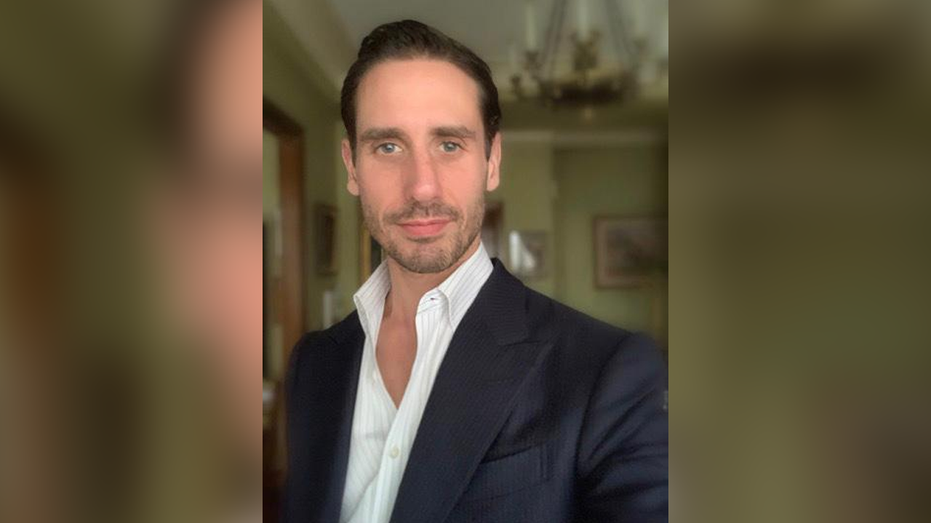

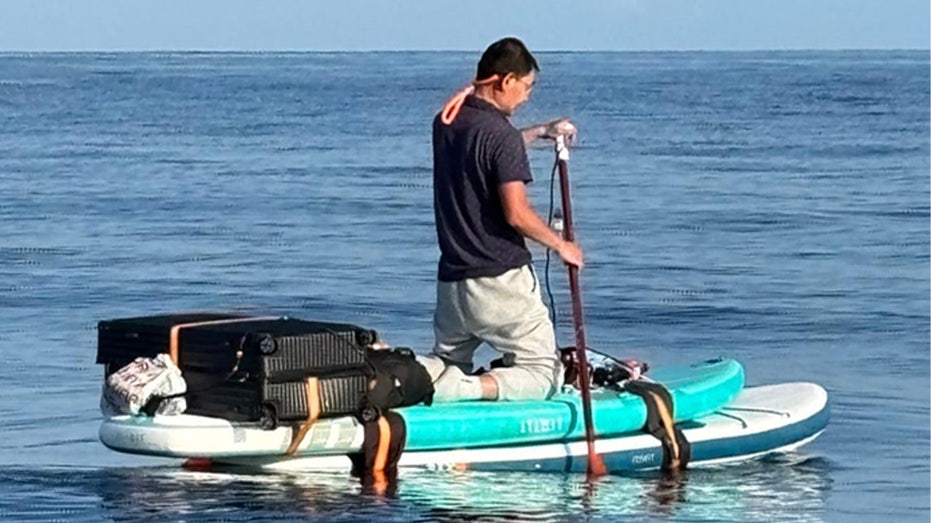
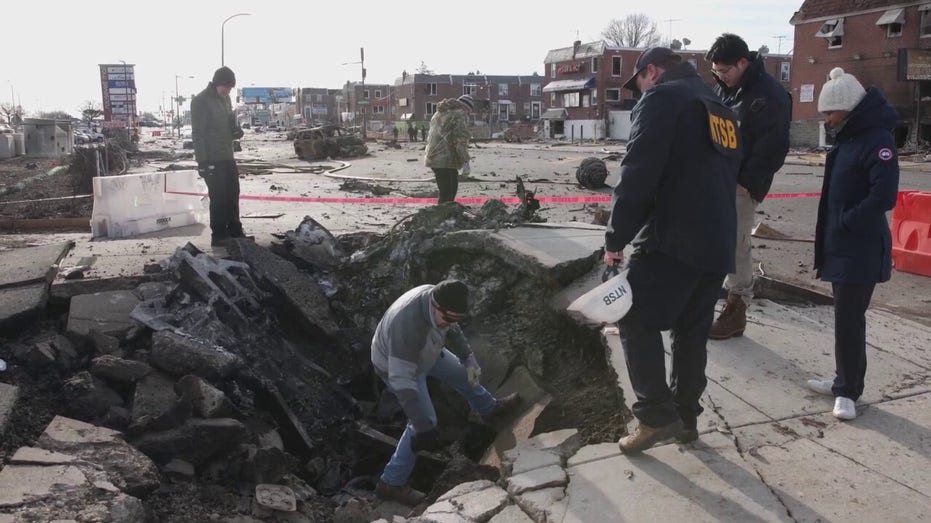

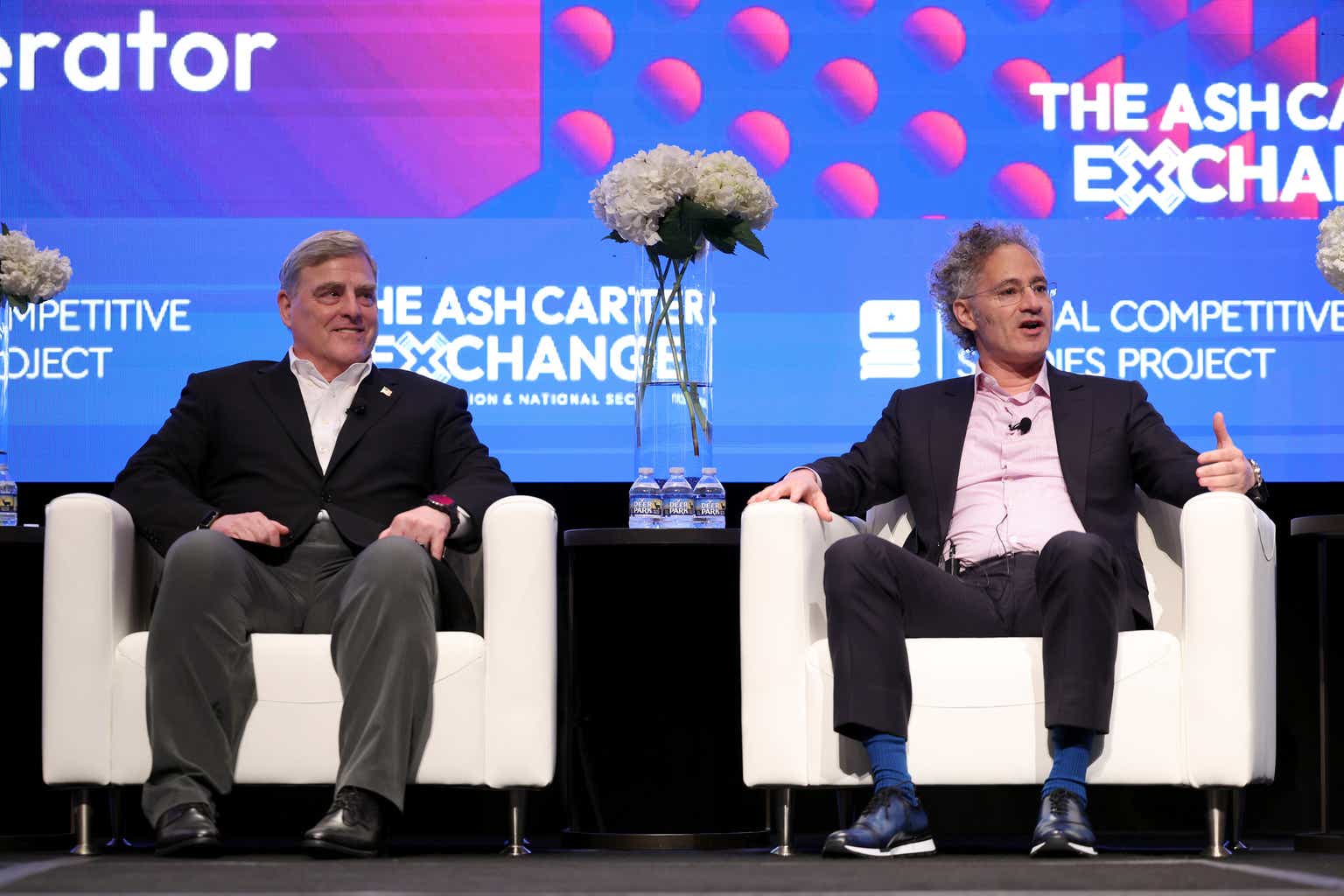




![How to Build Scalable Access Control for Your Web App [Full Handbook]](https://cdn.hashnode.com/res/hashnode/image/upload/v1738695897990/7a5962ce-9c4a-4e7c-bdeb-520dccc5d240.png?#)




